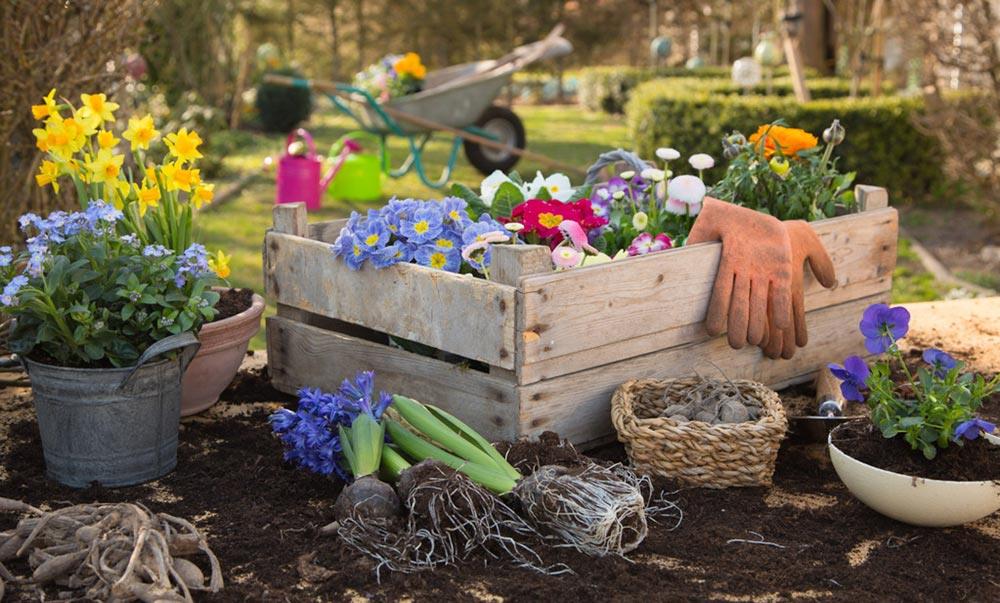Micro rose cultivation methods and precautions
Last Update :2024.11.06
Article Catalog
Watering: The pot soil should be kept moist before breeding miniature roses germinate in spring. In summer, water should be watered once in the morning and evening. Fertilization: When growing vigorously, topdress once every 10 to 15 days. Both organic fertilizer and compound fertilizer can be used. Most propagation uses cutting propagation, but it can also be propagated by division and layering. In addition, dead branches and weak branches should be pruned in time.

Breeding method
Cultivation methods
Watering
Miniature rose plants have shallow roots. Before germination in spring, the pot soil should be kept moist. Do not water until the soil is dry. Gradually increase the amount of watering after germination. , generally water once a day before 10 a.m., and water appropriately in the afternoon according to the dry and wet conditions of the pot soil. In summer, water should be poured once in the morning and once in the evening, but generally not at night.
Fertilization
Miniature roses like fertilizer. When they are growing vigorously in spring and autumn, they can be topdressed every 10 to 15 days. Both organic fertilizer and compound fertilizer can be used. Fertilization should be stopped during the high temperature season in summer and low temperature in winter.

Reproduction
Reproduction of miniature roses Most of them adopt cutting propagation method, but they can also be propagated by division and layering.
Cutting can be done all year round, but cuttings from stem branches in winter or autumn are suitable. For green branch cuttings in summer, attention should be paid to water management and temperature control.
Grafting reproduction can also be used. Thornless roses are commonly used as rootstocks and can be grafted in early spring or bud grafted during the growing season, especially bud grafting, which has a better effect.

Notes
Pruning
h3>
After the flowers fade, part of the branches should be cut off, and the new branches should be cut off after leaving 2 to 3 nodes. The cut branches with more than 2 nodes should be used for cutting propagation. Pruning in winter is mainly based on plastic surgery. First, cut off dead branches, diseased branches, and crossing thin branches. For plants that are growing well and have a well-proportioned plant shape, cut off 1/3 of the entire plant. For weakly growing plants, cut off approximately 2/3 of the entire plant, leaving 3 to 4 strong main branches.
Repotting
Repot every 1 to 2 years, remove about 2/3 of the old soil, and replace it with loose, fertile soil rich in organic matter. It is usually carried out before germination in spring, combined with repotting, cutting off dead roots, rotten roots and roots with diseases and insect pests, shortening overly long roots, thinning out dense roots and some old roots, so as to promote the germination of new roots and make them grow vigorously.

Pest and disease control
Micro rose The main diseases include powdery mildew, gray mold, and black spot, and common pests include aphids, spider mites, and leafcutter bees.
The main prevention and control methods are to carry out scientific cultivation, enhance plant disease resistance, and promptly remove dead branches and leaves. In addition, you can go to the flower market to buy special chemicals for spraying and removing pests.
Precautions
- END -
The difference between lantern fruit and girl fruit

There are certain differences between the two. The lantern fruit is a perennial sh...
Who says you can’t raise anything in winter? If you keep a pot of these two "fruits" at ho

Nowadays, the lives of many friends are inseparable from growing flowers. We usual...